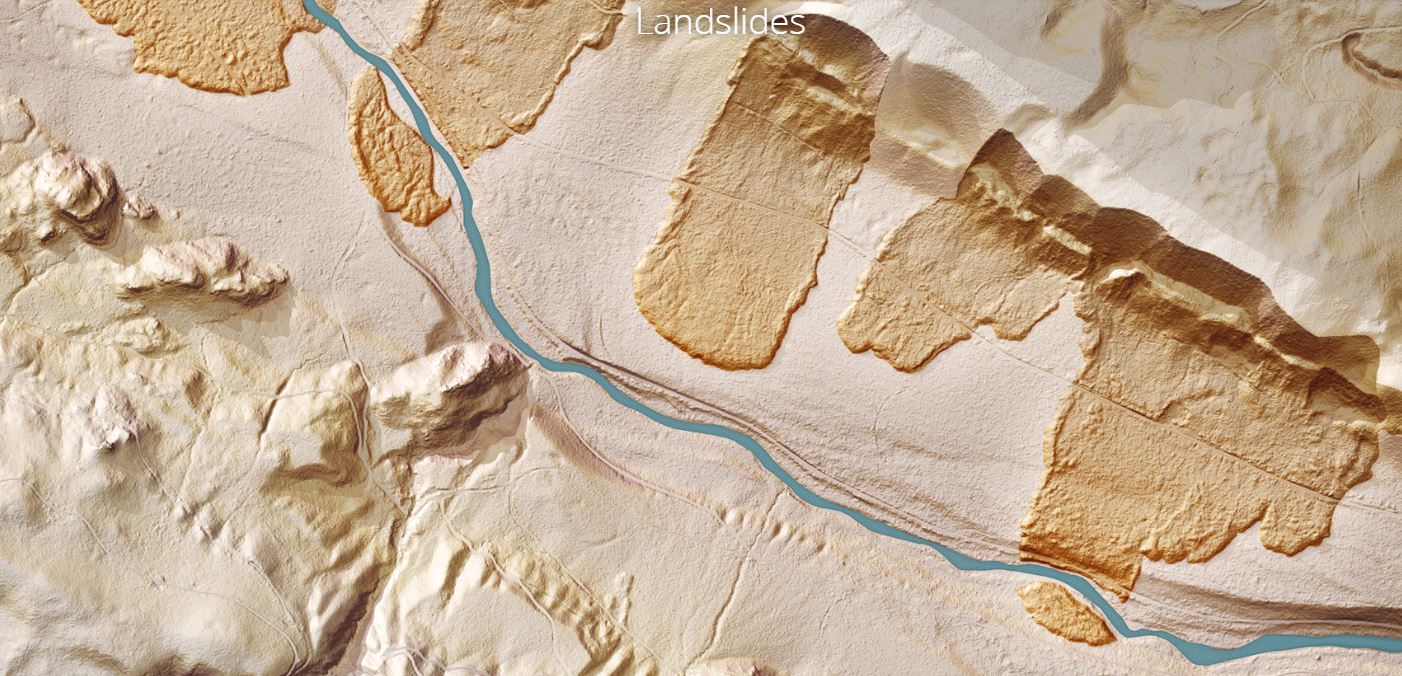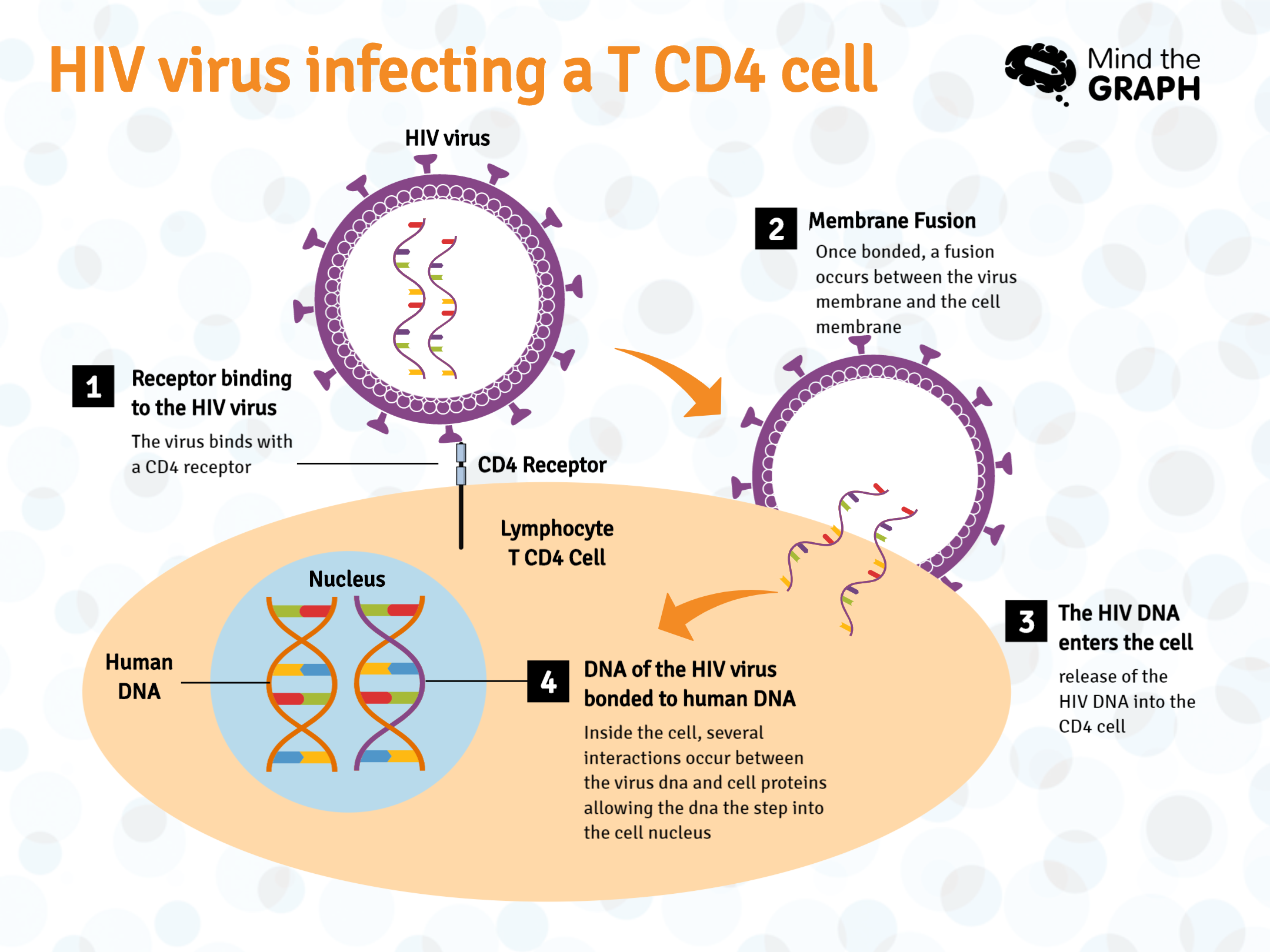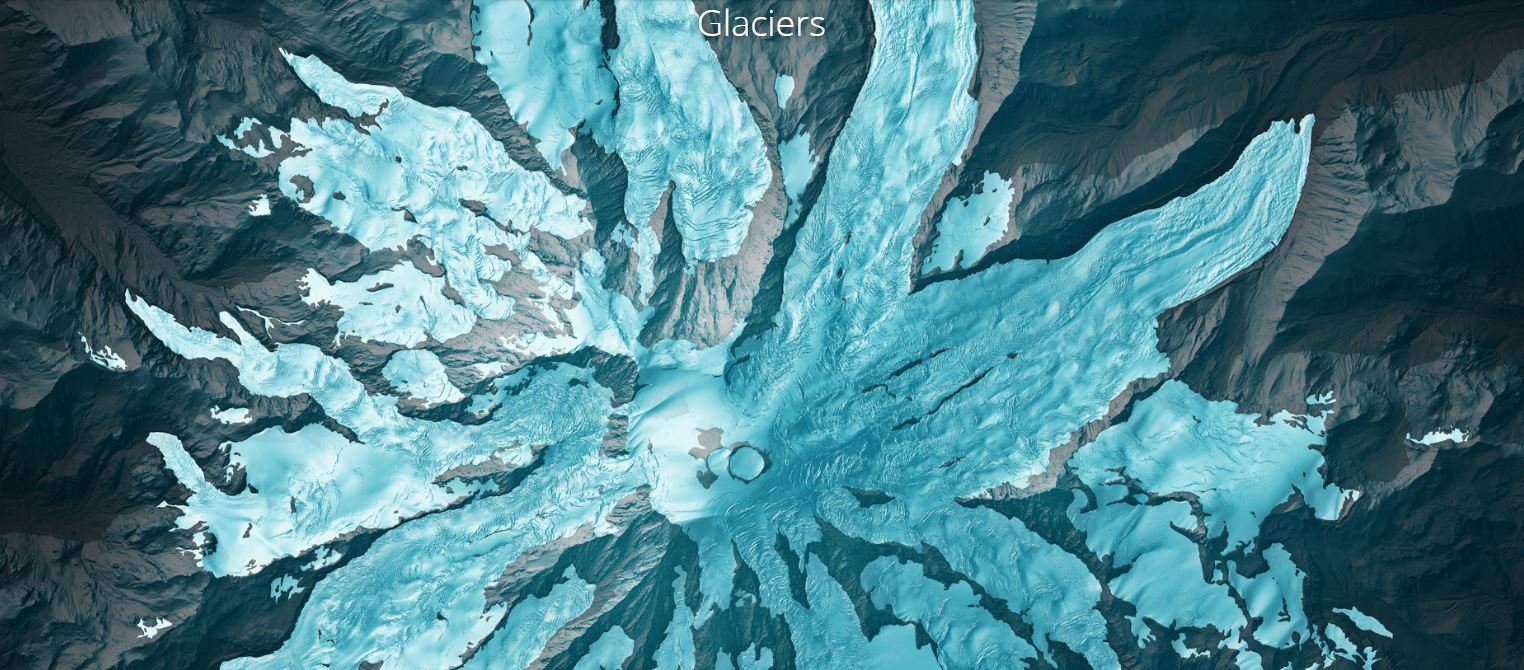Hi there! Being a scientist means to be updated in everything about science. Even more, sharing cool or interesting science news is a good way to improve scientific communication. So, here is our top trending science news for this month. Also, feel free to share your own with us!
01. An experimental spacecraft has set sail in space
The Planetary Society, a space advocacy group, developed the LightSail 2, a solar sail and begun harnessing sunlight to propel itself through space. The craft was launched on 25 June aboard a SpaceX Falcon Heavy rocket. Now, the small boxes that held its sails have opened.
The spacecraft’s predecessor, LightSail 1, unfolded its sail in 2015. However, it did not perform any controlled manoeuvres before falling into Earth’s atmosphere and burning up. Because of that, LightSail 2 was launched into a higher orbit. So it will experience less friction from the atmosphere and fly around the planet for up to a year before it falls (negative results have a huge importance in science, right?).
Moreover, in the future, light sails like this may be a viable way to propel small satellites through the solar system and maybe even beyond, without requiring the huge amount of fuel that traditional spacecraft need.
02. According to Science Magazine, “new implant could be ‘game changing’ for HIV prevention”
The pharmaceutical giant Merck & Co. reported a potential medication: a slow-release implant of an experimental antiretroviral (ARV) drug designed to be long-lasting in the body. The combination promises to provide an effective HIV shield for 1 year or more, far longer than any ARV now on the market. It’s one of several novel ARV strategies moving forward that offers potentially simpler options for treating or preventing HIV. If widely used, finally we could change the course of the AIDS epidemic.
You can read more about it on science website. But, first let’s recap the HIV infection pathway. Look at this graphical abstract available on mind the graph:
03. The bare Earth: the coolest way to visualize geological sciences
Lidar (light detection and ranging) is a technology that uses light pulses to collect three-dimensional information. The results are amazing, powerful and extremely detailed three-dimensional models of the Earth’s surface. You can see models of different geological formations, volcanoes, tsunamis and glaciers.
Lidar data is often collected from an airplane using a laser system pointed at the ground. The system measures the amount of time it takes for the laser light pulses to reach the ground and return. Billions of these rapidly-collected measurements (points) create the models. Look the infographic to understand better:
According to the official Washington State Department of Natural Resources website, Lidar is also used in natural resources conservation, water supply and quality assessments, and mining resource management. Furthermore, lidar has many applications outside of the field of geology, including forestry, land-use planning, agriculture, archaeology, navigation, and meteorology, just to name a few.
So, seriously, take a look at this.
If you liked these science news, go ahead and share your research too! What about to create an eye-catching graphical abstract to explain your work? As you know, we are here to improve science communication together!

Subscribe to our newsletter
Exclusive high quality content about effective visual
communication in science.









